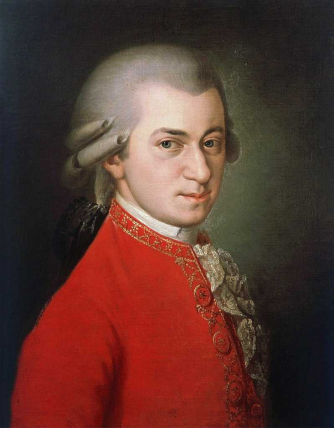Details
St Edmundsbury Cathedral
Angel Hill
Bury St Edmunds
Suffolk
IP33 1LS
England
Programme
Wolfgang Amadeus Mozart – Mass in C major 'Coronation', K.317
Joseph Haydn – Mass no.11 in D minor 'Nelson', Hob.XXII:11
Performers
Alice Johnston – soprano
Valerie Reid – mezzo-soprano
Austin Gunn – tenor
Graeme Danby – Bass
Benedict Collins Rice – Conductor
Prometheus Orchestra
Bury Bach Choir
Other concerts in this Series (+)
Programme Note
Mozart completed his Coronation Mass in 1779 just in time for its premier on Easter Sunday in Salzburg cathedral, where he had newly started the job of court organist and composer. Years later, at the Imperial Court in Vienna, it became the preferred music for royal and imperial coronations and services of thanksgiving, and acquired the title of Coronation Mass. It's amongst Mozart’s most popular settings of the mass, being full of vitality and variety, and is widely considered to be the finest of the masses that he wrote for Salzburg. We perform it in honour of the coronation of our new king.
Haydn’s Nelson Mass is described by his biographer as arguably the composer’s greatest single composition. Haydn wrote it for the Esterhazy family in 1798 at a time of great trouble, when the Austrian army had been defeated by Napoleon Bonaparte. He called it ‘Mass for Troubled Times’. On the day of the first performance, the unexpected and wonderful news arrived that Napoleon had been defeated in the Battle of the Nile by British Forces led by Admiral Horatio Nelson, who was heralded as the ‘saviour of Europe’. Because of this coincidence the mass gradually acquired the name ‘Lord Nelson Mass’. The title became permanent when two years later Nelson himself visited the Esterhazy palace and met Haydn. The two men reportedly became friends.
Napoleon’s defeat changed the way that the mass was heard from then on. The menacing opening leading into the joyful and brilliant drama that followed became a depiction of danger and agitation supplanted by triumphant victory.

 Your events at Classical Events
Your events at Classical Events

